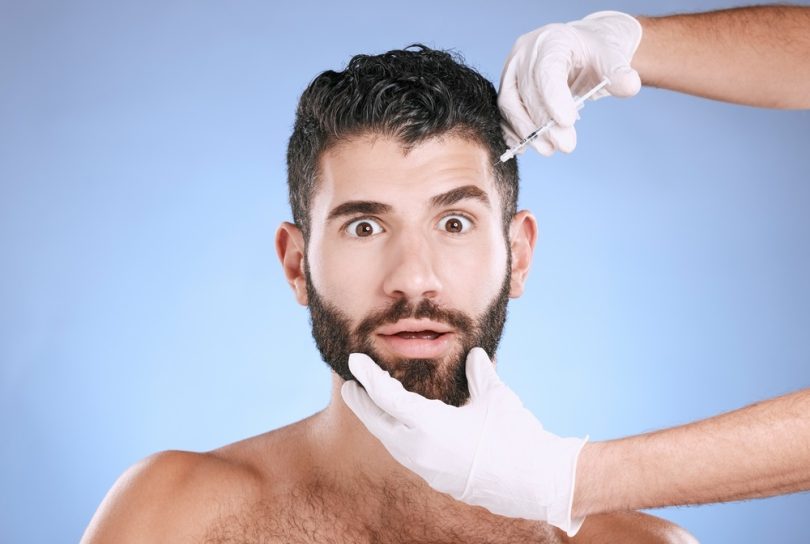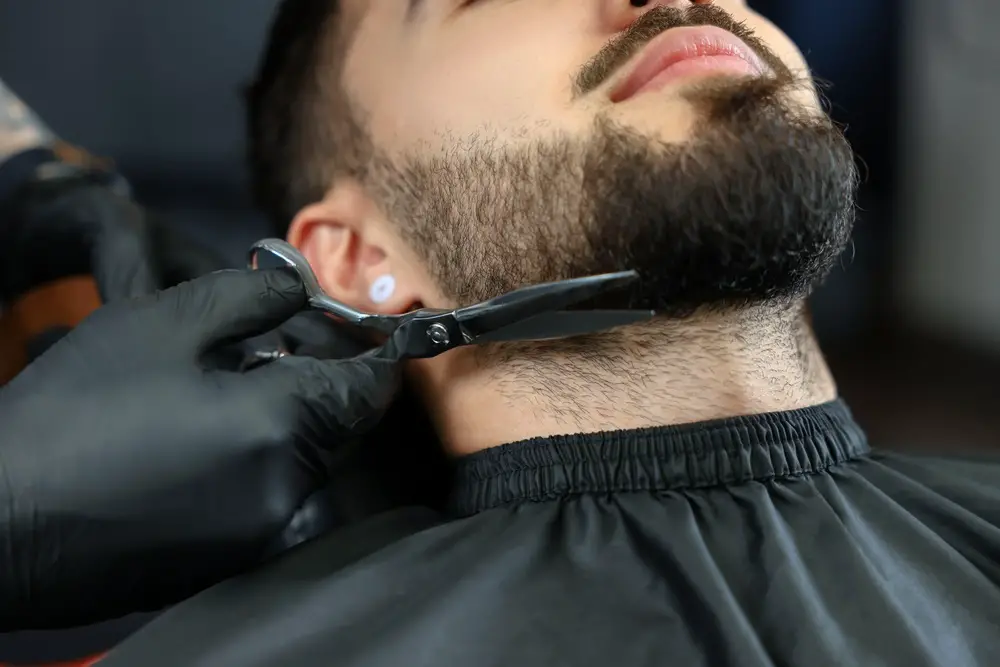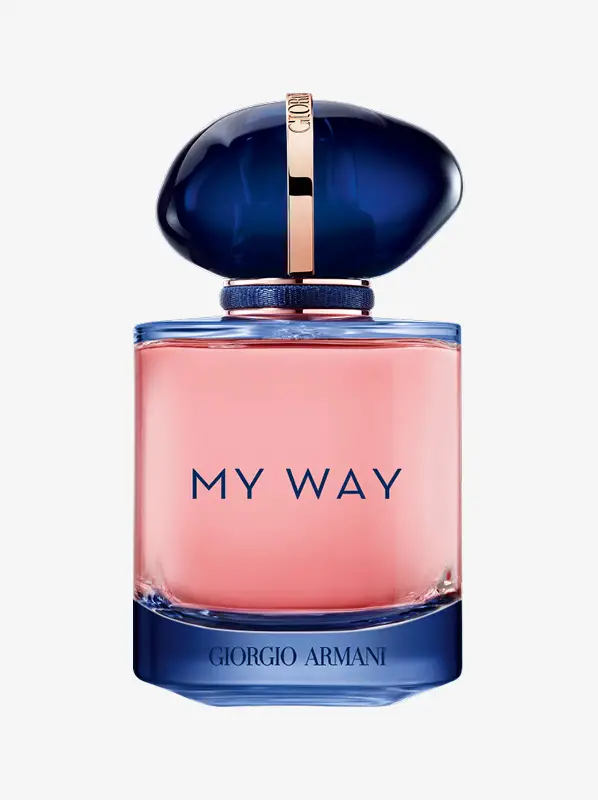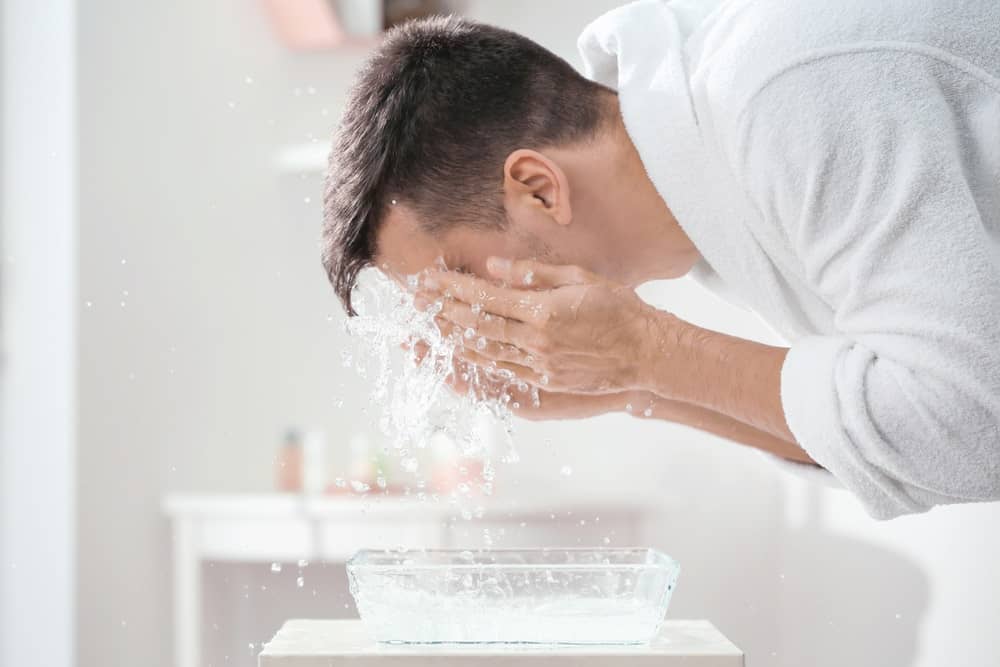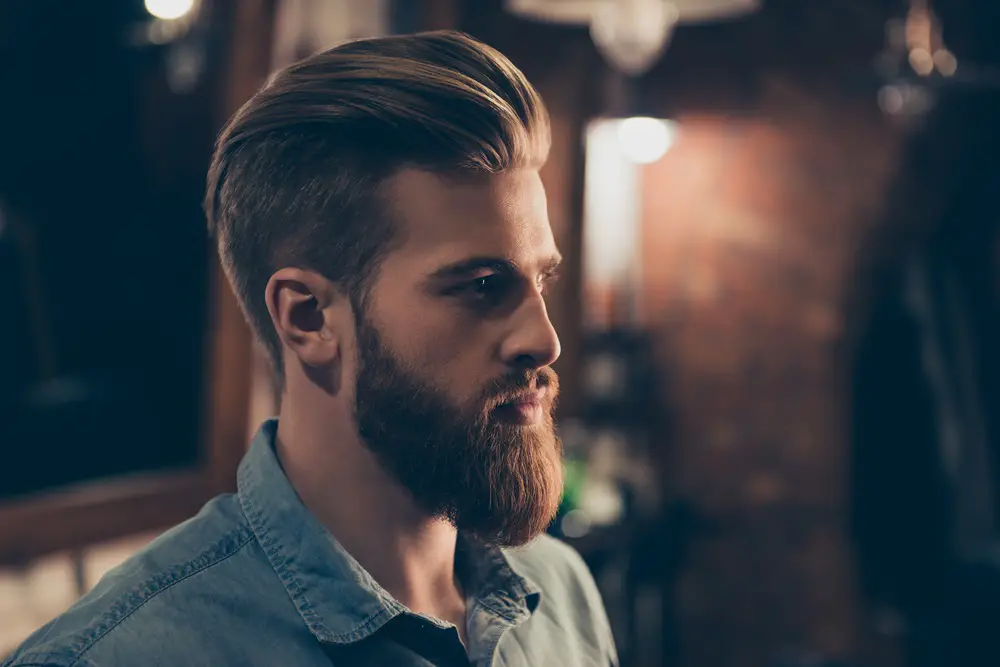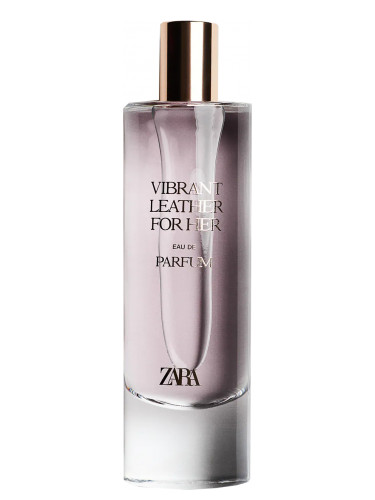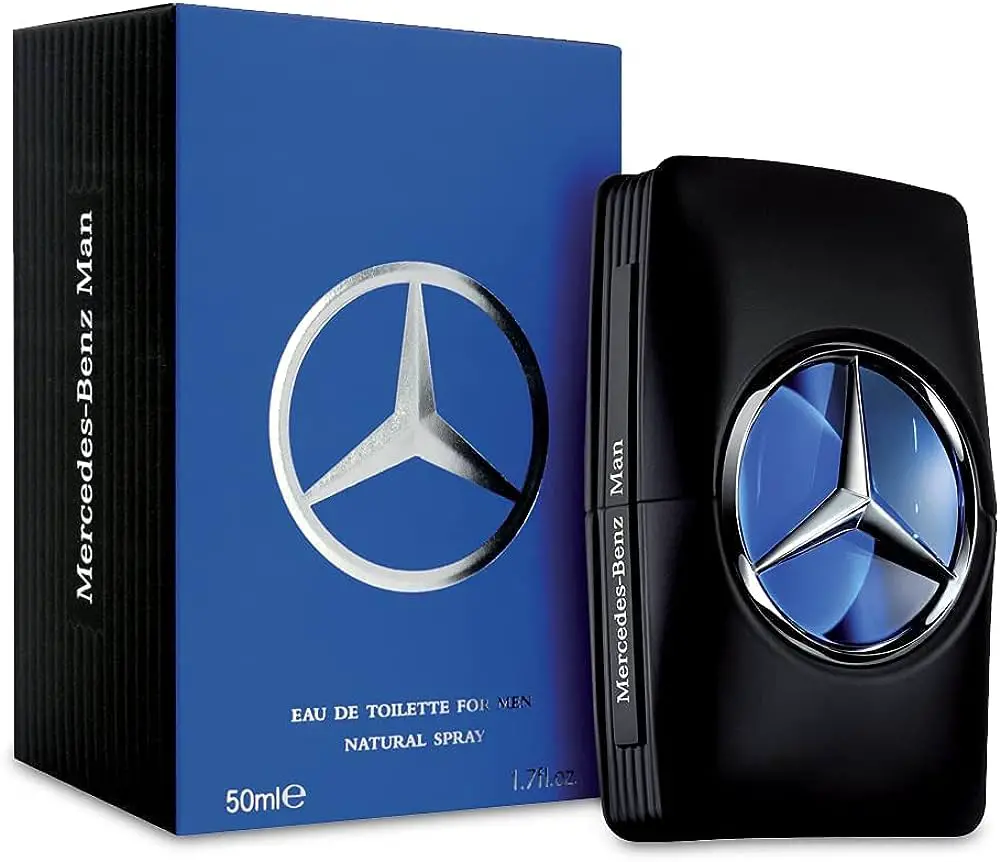Fading a long beard is more than just a grooming task—it’s an art form. A well-faded beard not only adds structure and definition to your face but also brings an element of sophistication to your overall appearance. Whether you’re looking to freshen up your look or add some finesse to your grooming routine, this guide will walk you through the process of fading a long beard like a pro.
Why Fade Your Beard?
Before diving into the how-tos, let’s talk about the why. Fading your beard helps blend the transition from your sideburns to your chin, creating a smooth gradient that looks polished and clean. It adds dimension to your beard, making it appear fuller and more intentional. Plus, a fade can help accentuate your jawline, giving your face a more chiseled appearance.
What You’ll Need
To achieve the perfect beard fade, gather these tools:
- Beard trimmer with adjustable guard settings
- Precision trimmer or detailer
- Scissors (preferably small, sharp ones)
- Comb (a fine-tooth comb works best)
- Mirror (a three-way mirror can be particularly helpful)
- Patience (it’s worth taking your time)
Step-by-Step Guide to Fading Your Beard
1. Start with a Clean Beard
Wash your beard with a good quality beard shampoo and conditioner. This softens the hair, making it easier to trim and shape. Pat it dry, then comb it out to remove any tangles.
2. Set the Foundation
Determine where you want the fade to start. Typically, you’ll want the shortest length at your sideburns, gradually blending into the fuller length of your beard at the chin. Begin with a higher guard setting on your trimmer, around 4 or 5, and trim the entire beard to your desired length.
3. Create the Fade
Now, reduce the guard setting by one notch (e.g., from a 4 to a 3). Start at the top of your sideburns, trimming down towards your jawline. Use short, controlled strokes, and make sure to move the trimmer in the direction of hair growth. This ensures a smooth blend.
As you work down the face, gradually decrease the guard size. The key is to blend each section into the next, creating a seamless transition from short to long. For example, you might start with a 3 at the sideburns, move to a 2 just below, and finish with a 1 near the jawline.
4. Blend the Cheeks
To avoid any harsh lines, use a precision trimmer or scissors to blend the area where your cheeks meet your beard. Comb the hair out and trim any stray hairs that stick out from the main shape of your beard. The goal is a smooth, even transition.
5. Define the Neckline
The neckline is crucial for a sharp beard fade. Using a lower guard setting (or even the bare trimmer), define the line where your beard ends on your neck. Typically, you’ll want this to be about an inch above your Adam’s apple. Clean up the area below this line for a crisp finish.
6. Refine the Mustache
A well-faded beard pairs perfectly with a neatly trimmed mustache. Use scissors or a precision trimmer to trim the edges of your mustache, ensuring it blends smoothly into the beard. Comb the mustache downward and trim any hairs that hang over your lip.
7. Final Touches
Check for any uneven spots or stray hairs. Use your scissors for precise trimming, and ensure both sides of your face are symmetrical. Comb through the beard one last time to see how it falls naturally.
8. Condition and Style
Finish off by applying a beard oil or balm. This not only conditions the hair, making it soft and shiny, but also helps in keeping the fade looking fresh. Style your beard with a comb or beard brush to add the final touch.
Maintenance Tips
- Regular Trims: To keep the fade looking sharp, trim your beard every 1-2 weeks.
- Hydration: Use beard oil daily to keep your beard hydrated and skin healthy.
- Beard Brush: A good beard brush can help distribute oils and keep your beard looking well-groomed.
Conclusion
Fading a long beard takes practice, but once you’ve mastered the technique, it becomes a quick and rewarding part of your grooming routine. With the right tools, a bit of patience, and a steady hand, you can achieve a fade that not only enhances your beard but also elevates your entire look. So, next time you’re in front of the mirror, take the plunge and give your beard the fade it deserves.

